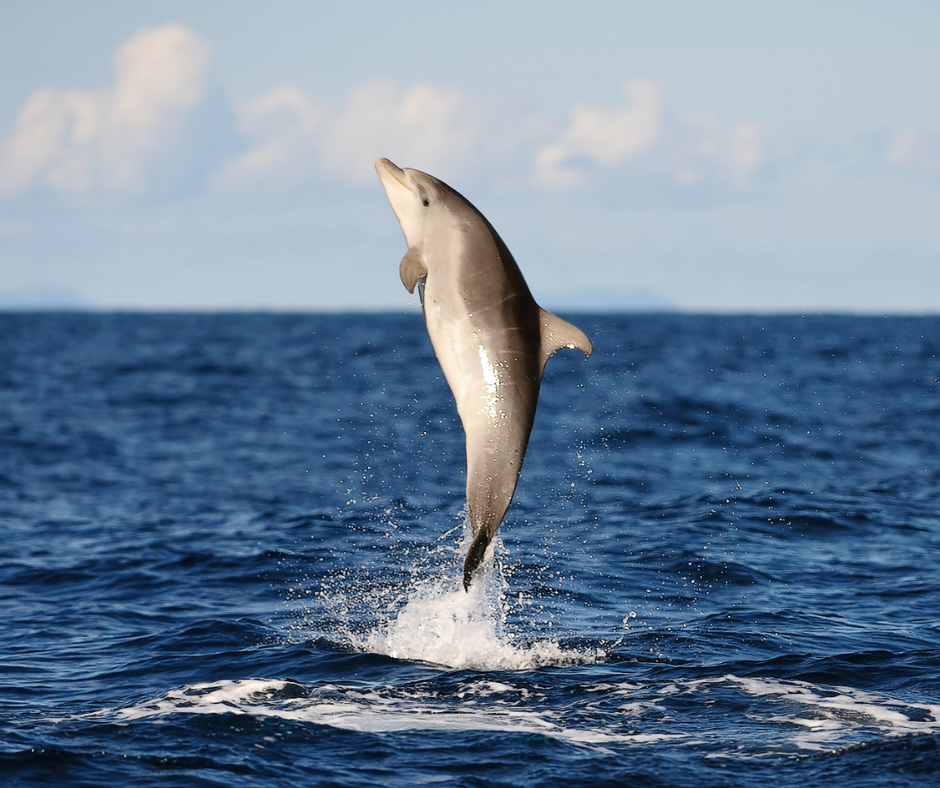Do you know how to protect Gulf of Mexico bottlenose dolphins?
These charismatic beauties are often found close to shore, making them at increased risk of human-related injuries and ☠️.
What can you do to help this smart mammal?
1. 🚫 Do not feed them. Not only is this activity illegal, it changes their natural behaviors and makes them less fearful of people and vessels. This, in turn, makes them more vulnerable to boat strikes and fishing gear entanglements.
2. 🤚 Keep your distance. A minimum of 50 yards is suggested.
3. 🎣 Prevent rod-and-reel interactions. These types of injuries are on the rise. If dolphins are near, reel in your line and change locations if dolphins show interest in bait or catch.
4. 📲 Report what you see. For violations: call the NOAA Fisheries Enforcement Hotline at 1-800-853-1964. For injured dolphins, call 1-877-WHALEHELP (942-5343).
This post is part of a Gulf Star project sponsored by Clean Gulf Associates. If your company would like to become a Gulf Star partner, email Becky Ginn at or visit our Gulf Star web pagehttps://gulfofmexicoalliance.org/what-we-do/gulf-star/.
https://www.fisheries.noaa.gov/species/common-bottlenose-dolphin
What are we doing for dolphins?
We use funding from Hess through our Gulf Star program to support Galveston Dolphin Research Program volunteer training. These volunteers document fisher/dolphin interactions and take photographs that can be used in future research. They also use this opportunity to talk about the issue of marine debris and monofilament fishing line recycling. Recently, 16 volunteers went through two full days of training at the Dolphin Research and Outreach Station at Seawolf Park. Join a team to help projects like this come to life.
Did you know there are 9 kinds of dolphins in the Gulf?
Learn more about them and so much more by following our social media channels.

